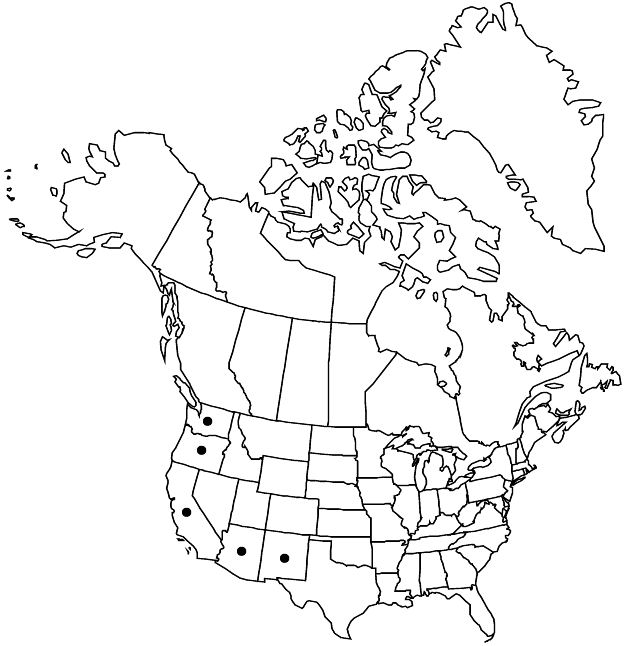Ceanothus integerrimus
Bot. Beechey Voy., 329. 1838.
Shrubs, deciduous, 1.5–3 m. Stems ascending to erect, not rooting at nodes; branchlets pale green, not thorn-tipped, round in cross-section, flexible, glabrous or strigillose. Leaves not fascicled; petiole 3–12 mm; blade flat, lanceolate, elliptic, oblongelliptic, or ovate, (10–) 20–80 × 10–45 mm, base rounded, margins entire or denticulate distally, teeth 3–5, apex acute to obtuse, abaxial surface pale green, glabrate or puberulent, especially on veins, sometimes glabrescent, adaxial surface green, dull, glabrous or sparsely puberulent; usually 3-veined from base, rarely pinnately veined. Inflorescences usually terminal, rarely axillary, racemelike or paniclelike, 5–25 cm. Flowers: sepals, petals, and nectary usually white or pale to dark blue, rarely pink. Capsules 4–5 mm wide, lobed; valves smooth, viscid, not or weakly crested. 2n = 24.
Phenology: Flowering May–Jul.
Habitat: Rocky slopes, open sites, chaparral, conifer and mixed evergreen forests.
Elevation: 25–2600 m.
Distribution

Ariz., Calif., N.Mex., Oreg., Wash.
Discussion
G. T. Benson (1930) recognized four varieties in Ceanothus integerrimus, based on flower color, leaf blade shape, venation, and indumentum. With the exception of regional clines in indumentum density, N. C. Coile (1988) was unable to detect consistent patterns of variation correlated with ecological or geographical distribution. The types of C. integerrimus (D. Douglas in 1831) and C. andersonii (C. C. Parry in 1888) are notable in that they bear oblong leaf blades with one principal vein from the base; the basal pair of secondary veins are shorter than those distal to it and relatively short compared to those in leaves elsewhere in the species. This venation is restricted to only a few specimens from near Ben Lomond, Santa Cruz Mountains, California, and has not been seen since the collection by Parry. W. L. Jepson (1909–1943, vol. 2) suggested that the venation pattern may be correlated with the oblong leaf shape that is shown by the type specimens.
Young shoots of Ceanothus integerrimus were used by Native Americans in basketry and for arrow foreshafts (D. E. Moerman 1998).
Selected References
None.
Lower Taxa
"thin" is not a number.
